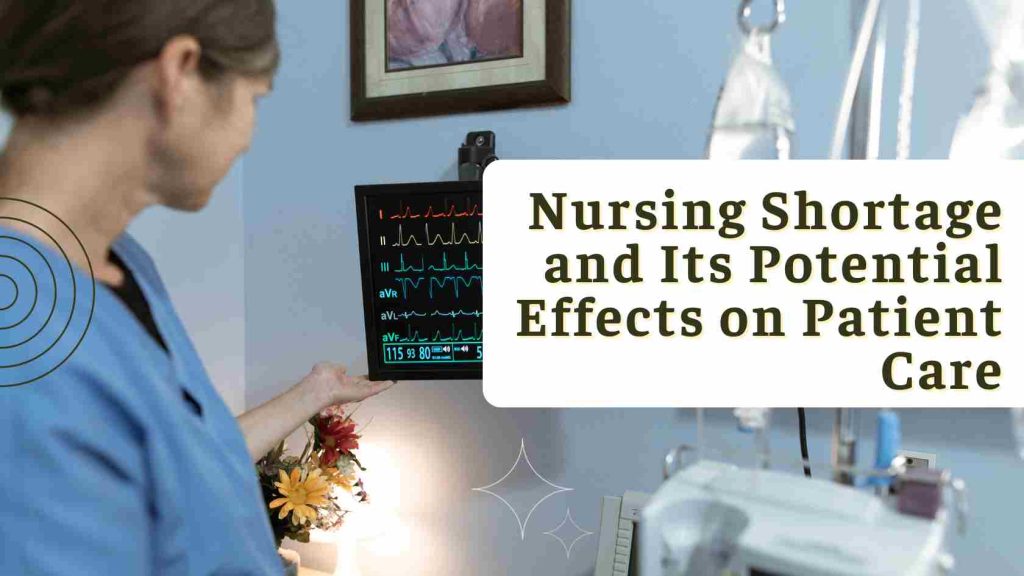- Oak Brook:(630) 705-9999
- Chicago:(312) 920-8822
- Email:inquiry@vervecollege.edu
- Make a Payment
- Home
- Programs
- Admission
- Resources
- ATI Entrance Exam Resources
- New E-Digital Library
- Refer a Friend
- School Newsletter
- Events
- Employers
- Job-Network
- Alpha Beta Kappa Candidates
- Verve College Library
- Graduation and Pinning Ceremony Photo Galleries
- Textbook Information
- Career Services
- Tutoring
- School Catalog
- FAQ
- Constitution Day Program
- Alumni
- Verve College Plans
- Financial Aid
- HEERF Reporting
- Satisfactory Academic Progress
- Apply For Financial Aid
- Net Price Calculator
- Return of Title IV Funds (R2T4)
- Financial Aid Office Code of Conduct
- Contact
- FAQs
- Verification Policy
- Vaccination Policy
- Student Right-to-Know Act
- Misrepresentation
- Information Security Program
- Academic Award Year
- Availability of Employee
- Cost of Attendance
- Health & Safety Exemption Requirement
- Students Rights and Responsibilities
- Leave of Absence
- Pell Formula
- Military Students
- Grants/ Scholarship Policy
- Contact Us
- Testimonials
- Blog
Is a Nursing Career Right For You?
Take The Free Quiz
The Nursing Shortage and Its Potential Effects on Patient Care
The Nursing Shortage and Its Potential Effects on Patient Care
American’s lifespans have extended considerably due to advances in medical science and quality-of-life improvements, evidenced by an increase in the percentage of those 65+ living among us from 12.4% in 2000 to 14.9% in 2016, an indication of this trend. By 2050, 22 out of every 100 Americans will be 65 or older than that.
Nursing remains one of the fastest-growing fields in America, yet shortages exist among nurses. LPN programs (from community colleges) play an essential role in meeting healthcare industry needs for an aging population.
Lack of Nurses Negative Impact of Nursing Shortage
Professional nursing staff shortages have the potential to harm patient care as well as increase financial costs significantly in clinical settings.
Shortages of nurses directly have a negative impact of nursing shortage on patient mortality rates; adding one full-time nurse for every 1,000 days of inpatient basic nursing care results in a decrease of 4.3% mortality; however, hospitals with fewer nurses experienced a 2-7% increase.
Related:-5 Innovative Approaches to Improve Patient Experience
Second, the nurse shortage is one of the primary contributors to emergency room overcrowding. 92% of emergency departments reported problems related to overcrowding, which can extend clinical site stays or necessitate additional procedures and may lead to permanent disability, death, or permanent injury for those affected by it.
Overcrowding increases the chance of doctors making errors, while nurse shortages often force patients to wait hours before seeing a physician in emergency rooms; three out of four hospitals reported ten patients had to wait more than three hours before getting an appointment with one.
Thirdly, a shortage of nurses leads to an increased workload for existing staff and an inevitable rise in medication errors in medical facilities; nearly half of healthcare professionals admitted to making at least one medication error in the last year.
Solve the Nursing Shortage Issue
At first glance, it may come as a shock that only half of licensed nurses (LPNs) are happy with their salaries, considering the shortage of LPNs. Paying individuals who choose nursing careers more money as incentives helps solve this issue.
An effective second strategy could involve expanding beyond the typical target groups to include people from underrepresented backgrounds. Not only will this attract top talent, but it will also help fill any existing shortages.
Thirdly, improved education from LPN training Illinois will create more career opportunities, for LPNs already part of the pool to advance and establish loyalty within hospitals. This effort can go a long way toward combatting high turnover rates.
Want to Make a Career in Nursing? Get More Information About Our Courses!
Steps to Solve the Problem
Recruiting more licensed practical nurses who get diplomas from practical nursing program near me will require strategic actions beyond raising wages or seasonal adjustments of the demand-supply balance. One critical step could be paying closer attention to nurse educators in a variety of settings. One-third of nurse-education healthcare facilities cited their salaries as uncompetitive. Without talented educators entering nurse school education facilities from LPN schools, the quality of education of nurses will not increase. Increased wages and incentives of all sorts – both monetary and non-monetary can help retain current talent while drawing in new teachers.
As part of our effort to make nursing more financially desirable, one way of making nursing more appealing would be to allow faster and easier repayment of school student loans for nurses. One out of every four experienced nurses owes loans from the university, which contributes to high turnover rates in nursing.
 Sign up
Sign up Login
Login




